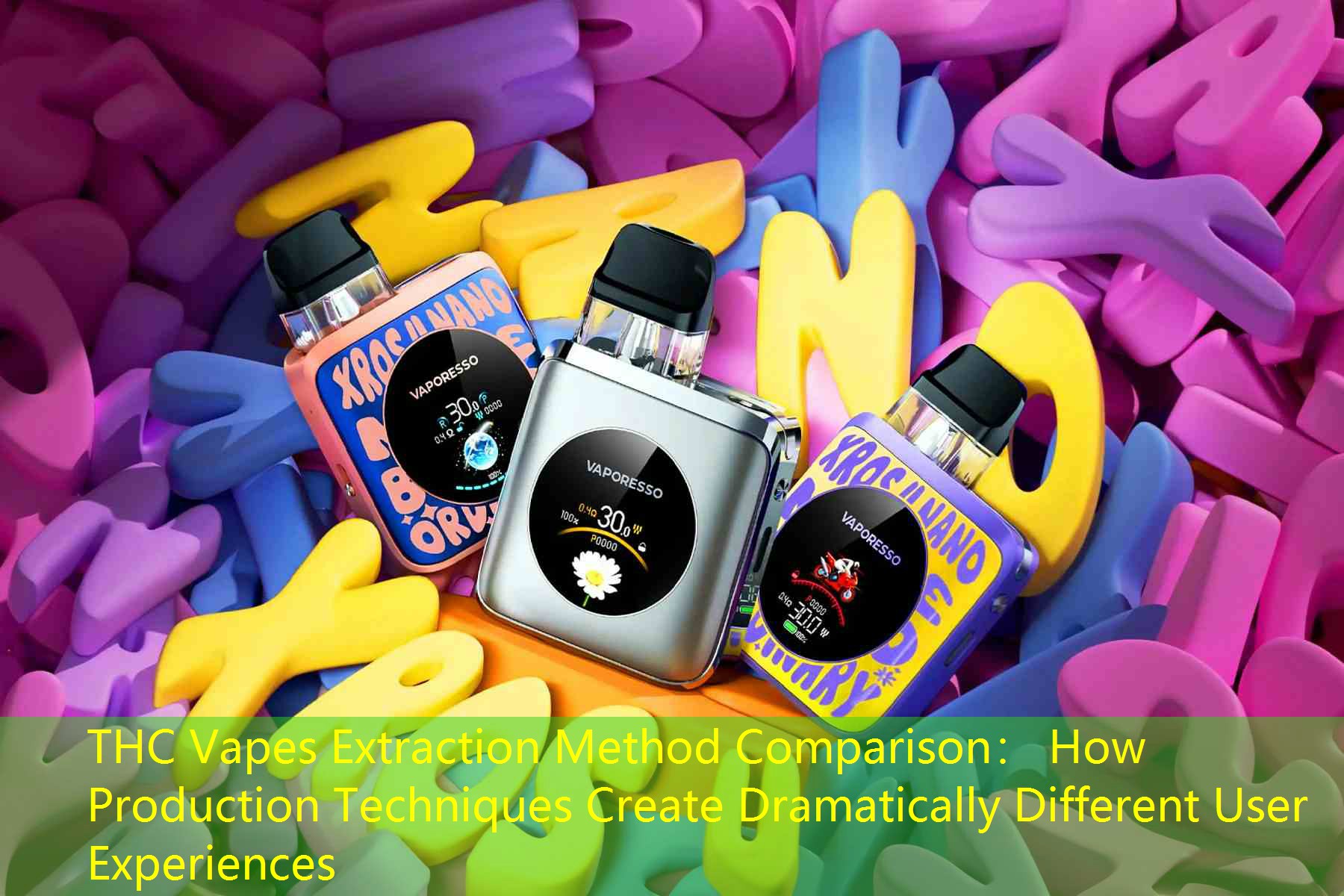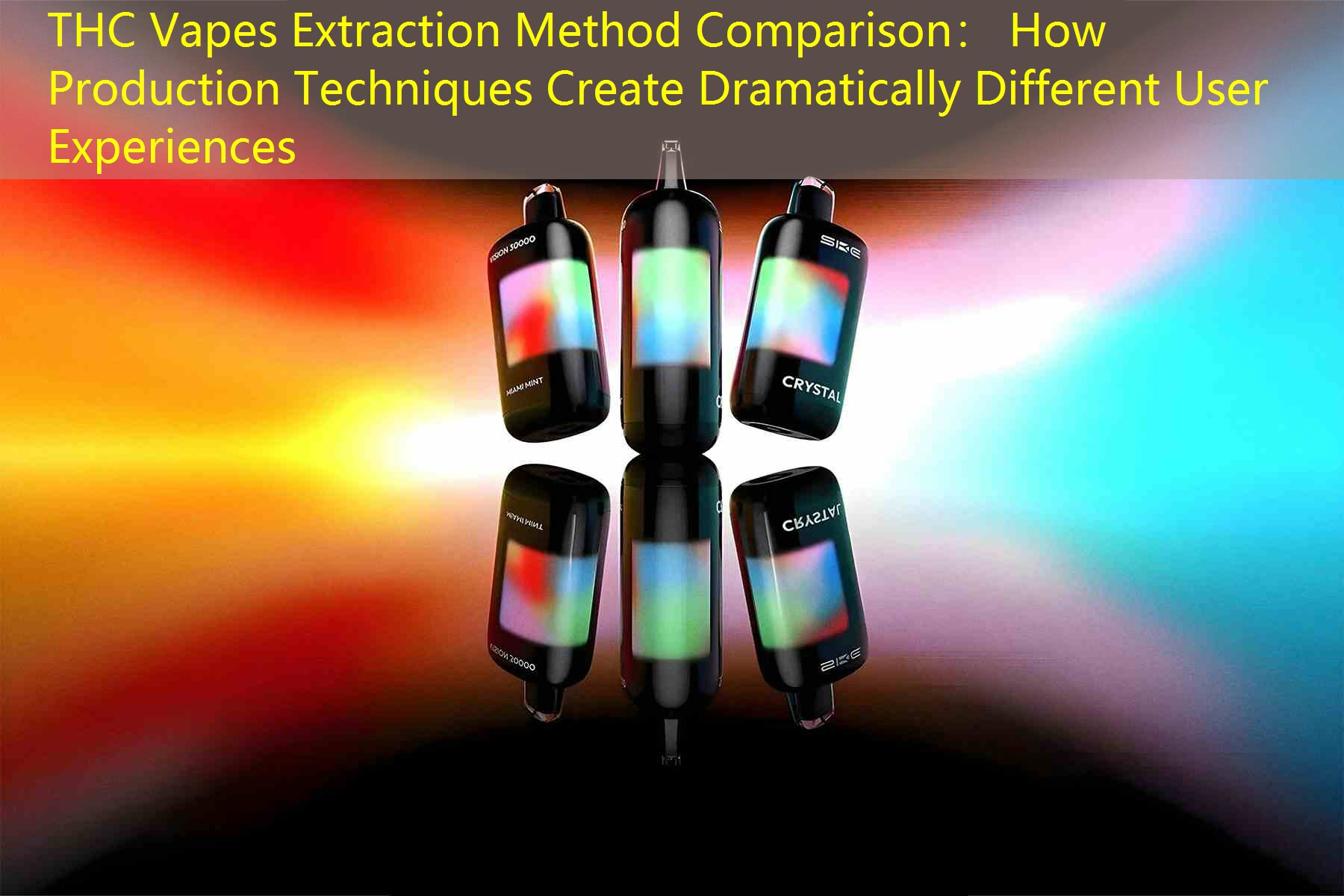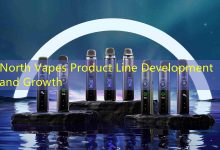THC Vapes Extraction Method Comparison: Understanding User Experience Variations
In the rapidly evolving world of cannabis consumption, the advent of THC vapes has revolutionized how enthusiasts enjoy their favorite compounds. However, not all THC vapes are created equal. The extraction methods used in production play a significant role in defining the user experience, potency, flavor, and overall satisfaction. This article delves into various extraction techniques, comparing their impact on vapes and how they meet different consumer preferences.
Different Extraction Methods for THC Vapes
The extraction method selected for THC vapes can dramatically influence the final product. Here, we will explore four main extraction techniques:
CO2 Extraction
Using carbon dioxide under high pressure, this method allows for the extraction of pure cannabis oil without the use of solvents. It’s celebrated for preserving terpenes, resulting in a flavorful experience while maintaining high potency. CO2 extraction is efficient and safe but often comes at a higher production cost.
Butane Hash Oil (BHO) Extraction
Esteemed for its efficiency, BHO extraction utilizes butane to extract cannabinoids and terpenes. The process is fast and yields a high concentration of THC. However, the safety concerns regarding residual solvents mean that rigorous purging and testing are essential. Products derived from BHO are often very potent, appealing to seasoned consumers.
Ethanol Extraction
Ethanol extraction involves using food-grade ethanol to extract cannabinoids and terpenes. This method is popular due to its affordability and safety. Although it can extract a broader range of compounds, ethanol may also strip away some of the desirable terpenes, leading to a less flavorful product.
Rosin Tech Extraction
Rosin tech is one of the more recent methods, using heat and pressure to extract resin from cannabis flower. It requires no solvents, promoting a clean and pure experience. Rosin products are known for their robust flavors and aromas, attracting connoisseurs who prize flavor over potency.
Comparative Analysis of User Experiences
Understanding how these extraction methods affect user experiences is crucial for consumers looking for specific effects and flavors. Here is a comparative summary in table format:
| Extraction Method | Flavor Profile | Potency | Safety | Cost |
|---|---|---|---|---|
| CO2 Extraction | Excellent | High | Very Safe | High |
| BHO Extraction | Good | Very High | Requires Testing | Moderate |
| Ethanol Extraction | Fair | High | Safe | Low |
| Rosin Tech Extraction | Excellent | High | Very Safe | High |
This overview highlights how extraction methods cater to various consumer expectations around THC vapes. Flavor enthusiasts may lean toward CO2 or rosin extracts, while those seeking potency might prefer BHO.
Common Questions About THC Vape Extraction Methods
What is the most effective extraction method for THC vapes?
While “effectiveness” can depend on what a consumer values, CO2 extraction is considered the gold standard due to its safety and ability to preserve terpenes.
Are there health risks associated with certain extraction methods?
Yes, extraction methods such as BHO can pose health risks if not properly purged of solvents. It’s essential to source products that undergo rigorous safety testing to mitigate these risks.
How do consumers decide which vape to choose?
Consumers typically assess personal preferences regarding flavor, potency, safety, and price. Understanding extraction methods can help them make informed choices tailored to their needs.









